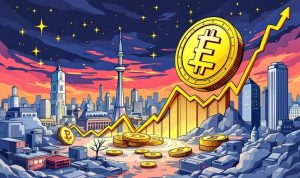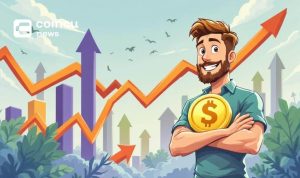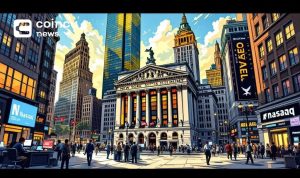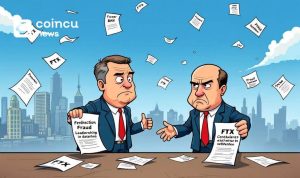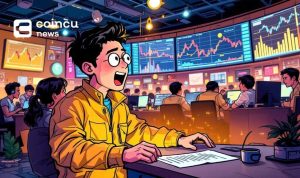Key Points:
- The Fed is still likely to raise rates by 0.25% again at the end of July after skipping last month’s rate hike 10 times over the past year.
- Some Fed policymakers and economists worry that the drop in inflation will be temporary.
- The tightening labor market will push up core inflation next year.
Uncertainty about the path of inflation later this summer makes it difficult to predict the Federal Reserve’s next steps following a likely quarter-point rate hike this week.
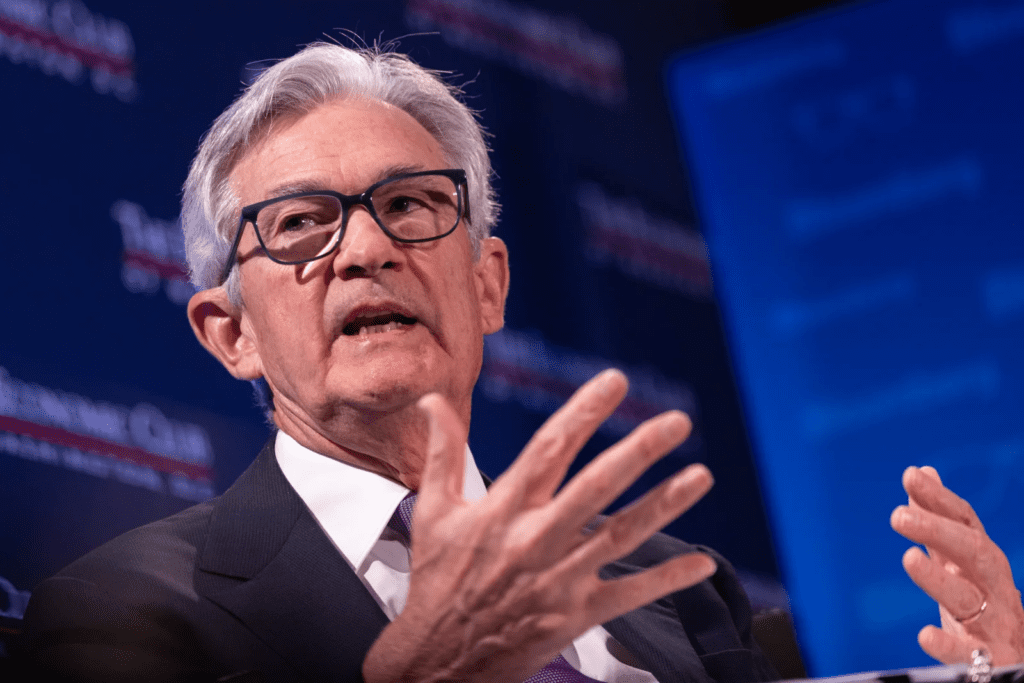
Some Fed policymakers and economists worry that the drop in inflation will be temporary. They fear that wage growth is too strong. Without a recession, they will see a tightening labor market pushing up core inflation next year.
The US Federal Reserve (FED) is expected to raise key interest rates again at its two-day meeting July 25-26. The conference could bring interest rates to a range of 5.25 – 5.5%, the highest level since 2001, to meet the target of getting inflation back to 2%.
A year after inflation soared to a four-decade high, price growth is returning closer to normal, with families and businesses feeling the difference as wages rise faster than prices and policymakers debating how much more to slow the economy.
Government data released on July 12 showed a significant drop in inflation: Prices rose 3% year-on-year in June and 0.2% year-on-year, the smallest increase in 12 months since March 2021 – that marked progress from the most recent inflation report, when prices rose 4% year-on-year.
Especially for key categories like rent, prices of items ranging from used cars to pork all fell month-on-month. Items that have skyrocketed in the past year, such as airline tickets and hotels, are also cooling as demand returns to normal.
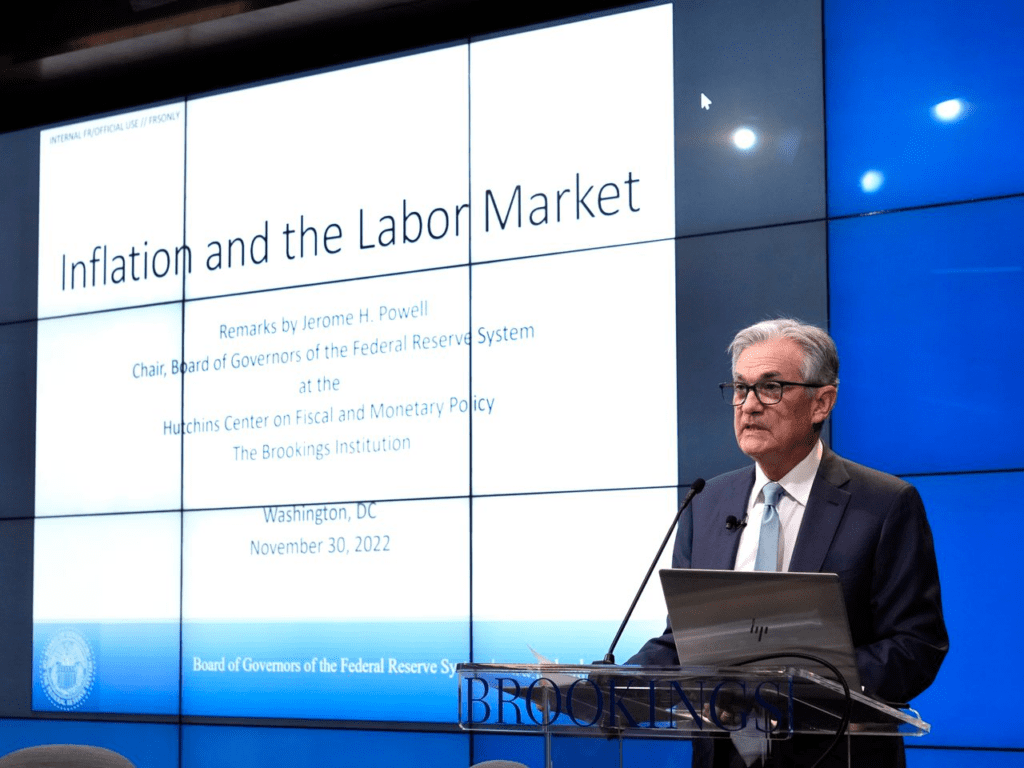
Meanwhile, wages have outpaced inflation for the fourth straight month. Average hourly earnings rose 0.4% from May to June, outpacing inflation by 0.2%, according to a separate BLS report released on the same day.
A key reason Fed Chairman Jerome Powell wants the labor market to slow down is because of concerns that tight employment will continue to push wages up, which could then cause inflation to soar. As unemployment rises, workers lose their bargaining power for higher wages, and households reduce spending.
DISCLAIMER: The information on this website is provided as general market commentary and does not constitute investment advice. We encourage you to do your own research before investing.








